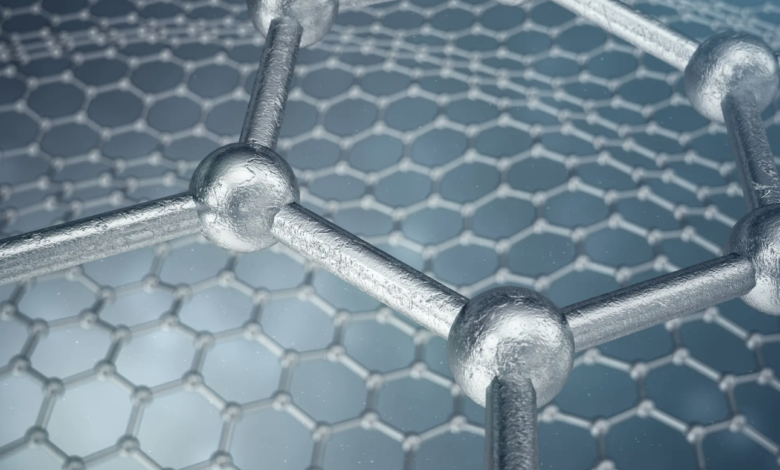Living photovoltaic based on bacteria and nanotubes
Living photovoltaic, how does it work?
(Sustainabilityenvironment.com) – It is called bio photovoltaic or living photovoltaic and represents one of the most innovative research trends born in the field of solar energy. The technology is based on the idea of exploiting living organisms as a material for the collection of light, a theoretically cheaper alternative to crystalline silicon. The latest progress in this regard has been made by a group of researchers from the Ecole Polytechnique Fédérale de Lausanne (EPFL), in collaboration with colleagues from the University of Salento and the Sapienza University of Rome. Scientists were able to insert carbon nanotubes into some photosynthetic bacteria, increasing their ability to generate electricity when illuminated.
Read also Colorful Solar Panels for beautiful and efficient photovoltaic facades
The work offers several interesting results. Carbon nanotubes are a long-standing knowledge of photovoltaic devices. These engineered nanoparticles possess a wide range of direct bands corresponding to the solar spectrum and strong photoabsorption. The team succeeded in inducing the absorption of single-wall carbon nanotubes (SWCNT) into two types of photosynthetic Gram-negative cyanobacteria. An important advance for the world of nano bionic technologies, as explained by the Lausanne Polytechnic in a press release, since these microbes do not have mechanisms to pass the particles through their outer wall.
Towards a better generation of bioelectricity in living photovoltaics
To passively penetrate the nanotubes, scientists have “decorated” them with positively charged proteins that are attracted by the negative charge of the outer membrane of microorganisms. The group then monitored the growth and replication of bacteria, revealing how SWCNT are shared by daughter cells. “When bacteria divide, daughter cells inherit nanotubes and nanotube properties,” says Professor Ardemis Boghossian of the EPFL School of Basic Sciences.
The application has direct implications also in the solar sector, as explained by Melania Reggente, a post-doctoral researcher in the Artemis Boghossian group. “When we put nanotubes inside bacteria, they show a significant improvement in their electricity production under lighting. Our laboratory is now working on the possibility of using these nano bionic bacteria in living photovoltaics”.
Professor Boghossian imagines a bio-voltaic device based on cyanobacteria with automatic control of energy production and not dependent on the addition of foreign particles. “In terms of implementation, the difficulty now is the costs and environmental implications of large-scale placement of nanotubes within cyanobacteria”.






